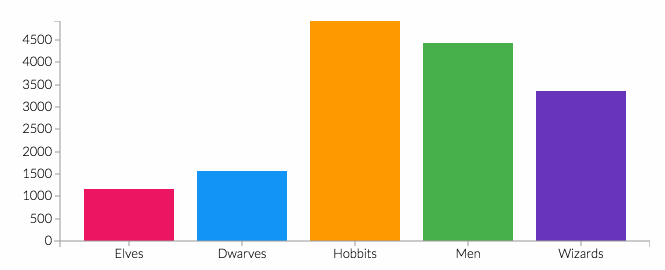MODERNISASI KURIKULUM PESANTREN DI PONPES DARUL LUGHAH WAL KAROMAH
DOI:
https://doi.org/10.33853/istighna.v5i1.214Keywords:
Modernisasi, Kurikulum, PesantrenAbstract
In this modern era pesantren are required to modernize every aspect of the educational aspects especially with the purpose of pesantren able to compete with other institutions both in quality and quantity of education quality. This condition occurs in Pesantren Darul lughah Wal Karomah that change patterns towards modern education. The purpose of this research includes the history of the modernization of education and how the modernization of education pesantren in Darul lughah Wal Karomah.This research used a qualitative approach, whereas other types of research using case studies. The collection of data by observation, interviews, documentation. Analysis of the data by (1) Collection of Data (2) Reduction of Data (3) Presentation of Data (4) Withdrawal of Conclusion. Data validity checking with (1) credibility (2) transferability (3) Dependability (4) Confirmability. Results of this study showed that the old teaching system that is maintained tends to lag, and the demands of a society increasingly complex and varied. While the form of modernization of education include institutional aspects, curriculum, learning and functional aspects of pesantren. Modernization of the institutional aspects, ie from individual leadership (scholars) to a collective system (foundation) with a clear division of labor. In the aspect of the curriculum, the introduction of a curriculum created by Kemdikbud and Kemenag. In the aspect of teaching, namely from system to system halakah classical / schooling by teaching methods that apply to modern educational institution, such as a lecture, question and answer, discussion, demonstration, drama, recitation, and teamwork.References
Asmani, Jamal Ma`Mur, Fiqh Sosial Kiai Mahfudh Antara Konsep dan Implementasi (Surabaya: Khalista, 2007)
Azizi, A. Qodri , Reformasi Bermazhab, Sebuah Ikhtiar Menuju Ijtihad Saintifik Modern, (Jakarta: Penerbit Teraju, 2003)
Azra Azyumardi, Pendidikan Islam, Tradisi dan Modernisasi Menuju Milenium Baru (Jakarta : Kalimah, 2001)
Departemen Agama RI, Desain Pengembangan Madrasah, (Jakarta: 2004)
Muzadi Hasyim, Nahdlatul Ulama, di Tengah Agenda Persoalan Bangsa (Jakarta : Logos, 1999)
Nasution Harun, Pembaharuan dalam Islam;Sejarah Pemikiran dan Gerakan, (Jakarta: Bulan Bintang, 1982)
Rahim Husni, "Arah Baru Pendidikan Islam di Indonesia", (Jakarta: PT. Logos Wacana Ilmu 2001)
Soekanto Soerjono, Sosiologi Suatu Pengantar, (Jakarta: PT. Raja Grafindo Persada, 1996)
Subhan Arief, Lembaga Pendidikan Islam Indonesia Abad Ke-20; Pergumulan antara Modernisasi dan Identitas, (Jakarta: UIN Press, 2009)
Syukri Zarkasyi Abdullah, Gontor dan pembaharuan Pendidikan Pesantren, (Jakarta: PT. Raja Grafindo Persada, 2005)
Wahid Abdurrahman, Menggerakkan Tradisi, Esai-Esai Pesantren (Yogyakarta : LKIS Yogyakarta, 2001)
Yasmadi, Modernisasi Pesantren-Kritik urcholish majid terhadap pendidikan islam tradisional, Edisi Revisi (Ciputat: Quantum Teaching, 2005)
Downloads
Published
How to Cite
Issue
Section
License
Copyright (c) 2022 Mohamad Solihin

This work is licensed under a Creative Commons Attribution-ShareAlike 4.0 International License.
Authors hold and retain copyright and grant the journal right of first publication with the work simultaneously licensed under a http://creativecommons.org/licenses/by-sa/4.0that allows others to share the work with an acknowledgment of the work's authorship and initial publication in this journal.

This work is licensed under a Creative Commons Attribution-ShareAlike 4.0 International License.












